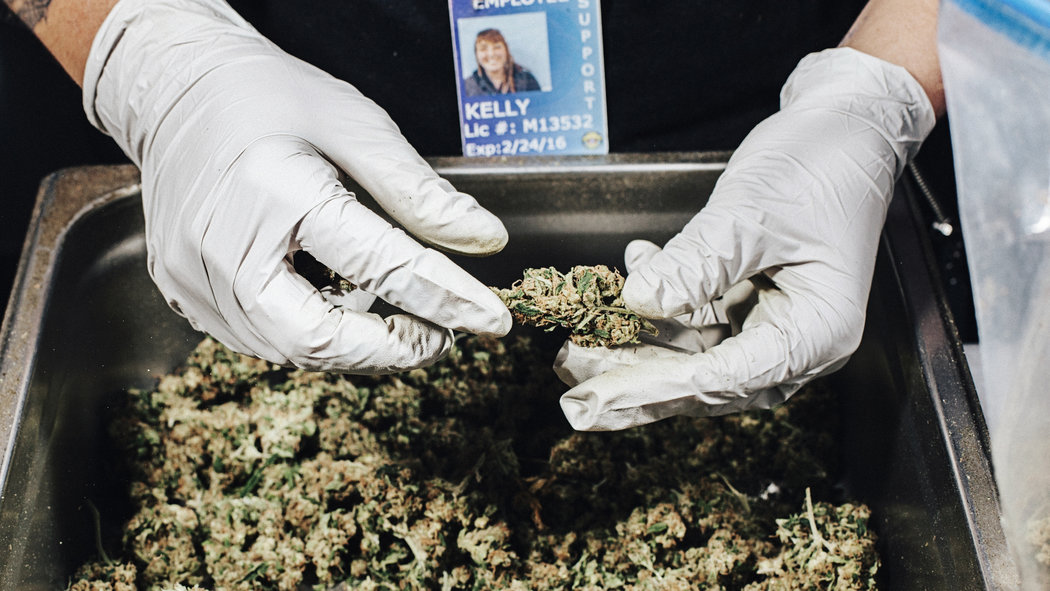Since medical marijuana was legalized in Colorado in 2001 and recreational marijuana was legalized a year ago, sellers have had limited, if any, access to banking services. As a result, a group of other entrepreneurs in Colorado want to start the first-ever financial institution established specifically to serve the pot industry.
Questions:
1. What are the legal issues associated with banking for the marijuiana industry in Colorado?
2. What are the political issues associated with banking for the marijuiana industry in Colorado?
3. What is money laundering and why do bankers in Colorado think that they would be violating anti-money laundering laws if they allow bank accounts to marijuiana growers?
4. What are the costs of “not banking” to the marijuiana industy? What are the benefits of banking?
Source:
Ritchel, M. (2015). The First Bank of Bud. The New York Times, Feb. 5 (Retrievable online at http://www.nytimes.com/2015/02/08/business/marijuana-industry-in-colorado-eager-for-its-own-bank-waits-on-the-fed.html?hp&action=click&pgtype=Homepage&module=photo-spot-region®ion=top-news&WT.nav=top-news&_r=0)













